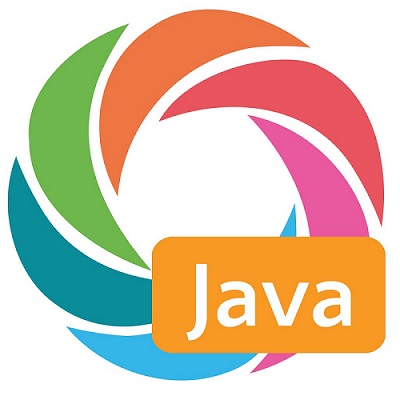
This article was originally translated by Xiaofeng from MaNong.com. Please read the reprint requirements at the end of the article for reprinting. Welcome to participate in our paid contribution plan!
To gather current insights into the Java ecosystem, "DZone's Java Ecosystem research guide" will be published in September, and we will talk to 15 executives familiar with the Java ecosystem.
Here are the distinguished guests we want to talk to:
Joel Depernet, E.V.P. Global Research and Development, Axway公司 Sacha Labourey, CEO和创始人, CloudBees公司 Rick Reich, CEO, Development Heroes公司 Asad Ali, Principal Software Developer, Dynatrace公司 Lisa Hamaker, 市场经理, Dynatrace公司 David Park, 产品副总裁, HackerRank公司 Charles Kendrick, 创始人和CTO, Isomorphic Software公司 Wayne Citrin, CTO, JNBridge公司 Raymond Augé, 高级软件架构师, Liferay公司 Laura Kassovic, 创始人, MbientLab公司 Cameron Wilby, 联合创始人, Origin Code Academy公司 James Faulkner, Technology Evangelist, Red Hat公司 Paul Trowe, CEO, Replay Games公司 Calvin French-Owen, CTO和联合创始人, Segment公司

We asked the interviewees, "Reality What problems in the world are being solved by Java - where are the greatest values we can see?" They told us:
1) Java Memory Analysis, which we use to see where memory is happening leakage. Newer asynchronous framework that works in Java code, jumping from thread to thread. A request is passed from one thread to another. We join information together across thread boundaries. APM tools follow requests across threads to know if a component is running slowly. We provide end-to-end transaction details. When looking at the corrupted data, it's difficult to tell whether this was one request or multiple requests. It is necessary to determine the real cause of the performance degradation. 2) Database access shows up a lot and a lot of database calls are made via transaction requests. You must be able to see the gaps in free data collection in order to see the data as a whole. This allows us to see if the problem occurs individually. 3) In DevOps, you need to be able to see the entire application lifecycle from the moment you inspect the code, to when the build begins. By embedding upfront, you can catch code patterns that can cause QA issues that can hurt revenue and brand. The key to application lifecycle management is seeing what you publish to the pipeline.
Code portability. Every device can run Java with the same calls. If you build something in C++ or another object-oriented language, you have to adjust it for each platform it's going to run on.
Anywhere robustness is needed - it's scalable to work on many machines and many different operating systems. It's the lingua franca of developers, and there are libraries for everything. This makes life so much better. It's not magical and can't be compared to other languages. For robustness, scalability, and the ability to work on many operating systems, the choice is either .NET or Java.
There are a large number of excellent Java developers ready to support the Java language. This minimizes risk and reduces application costs. There is also a large amount of open source and free basic learning and experience information.
Enterprise software development. Ability to write native Android applications.
News - JMS also supports enterprise software. It enables communication between various components to work effectively and makes important contributions.
Used on the server side of enterprises, especially large-scale database-oriented systems that involve integration between multiple services or platforms and distributed transactions.
The greatest value of the Java language lies in its portability and JVM. Java is designed to run on all platforms regardless of byte ordering, data size, CPU and OS. The JVM is a very powerful system that allows you to do things like swap jar files or code blocks at runtime. The ability to hot-swap code significantly reduces the amount of time required to debug an application.
is used for the data pipelines we are building for batch processing in Kafka and Hadoop. These are great, new Java use cases. Written on the JVM, so it's easier and comes with better support and performance. Spark in Python is not as good as Java.
Java is one of the top three languages in the world for quality, reliability, timely releases, toolchain, and ecosystem. It's the only language I can think of that can do this. Overall, it is also the most powerful and comprehensive language.
There are many open source libraries, but you still have to choose the right/best one. You never need to redo the basics. Furthermore, unlike other languages, there are a large number of Java developers in the market.
We see it being used heavily in industries such as healthcare financing and travel and transportation. Twitter started with Ruby on Rails, but later moved to Java because it was more scalable and had more programmers available.
A mature platform with 20 years of experience in solving problems. Expertise from Red Hat and the ecosystem.
Finally, what do you think is the greatest value of Java?
The above is the content of Java’s greatest value. For more related content, please pay attention to the PHP Chinese website (www.php.cn)!




